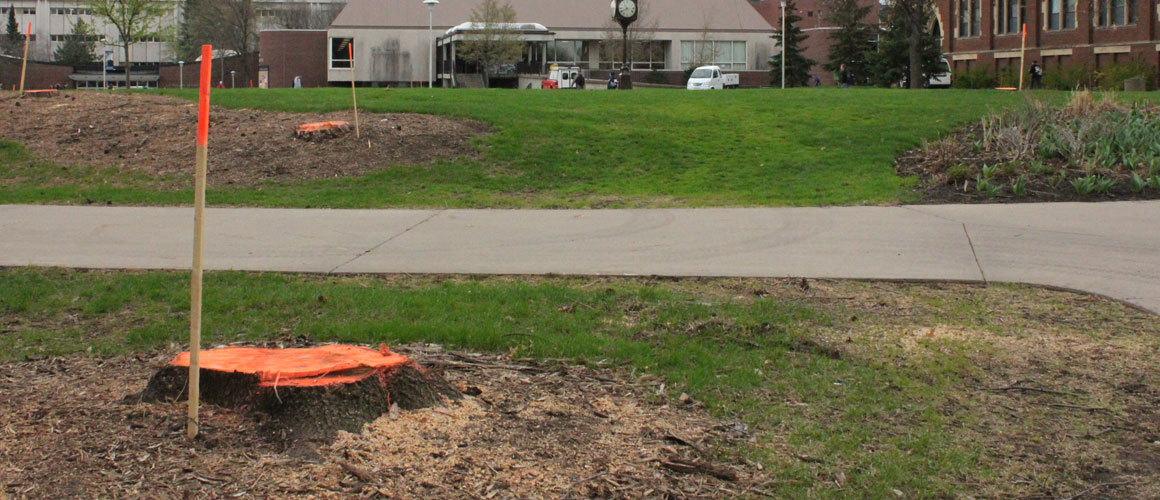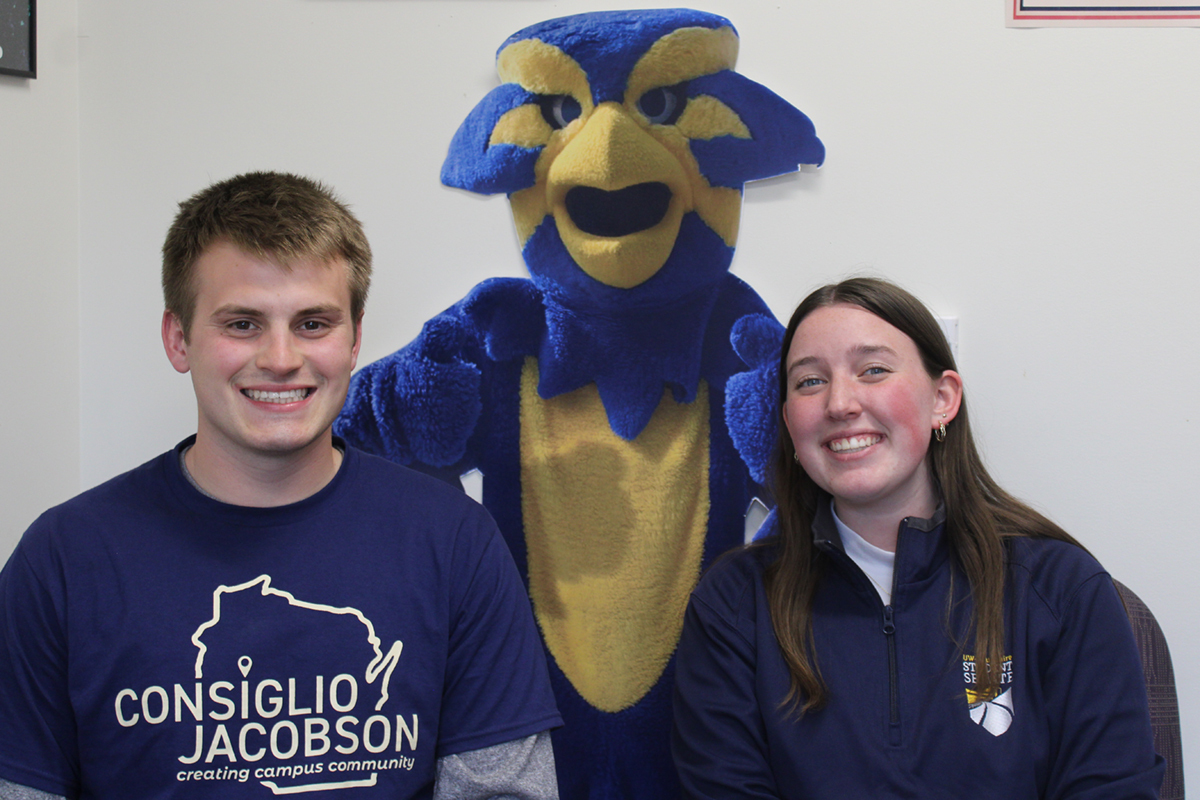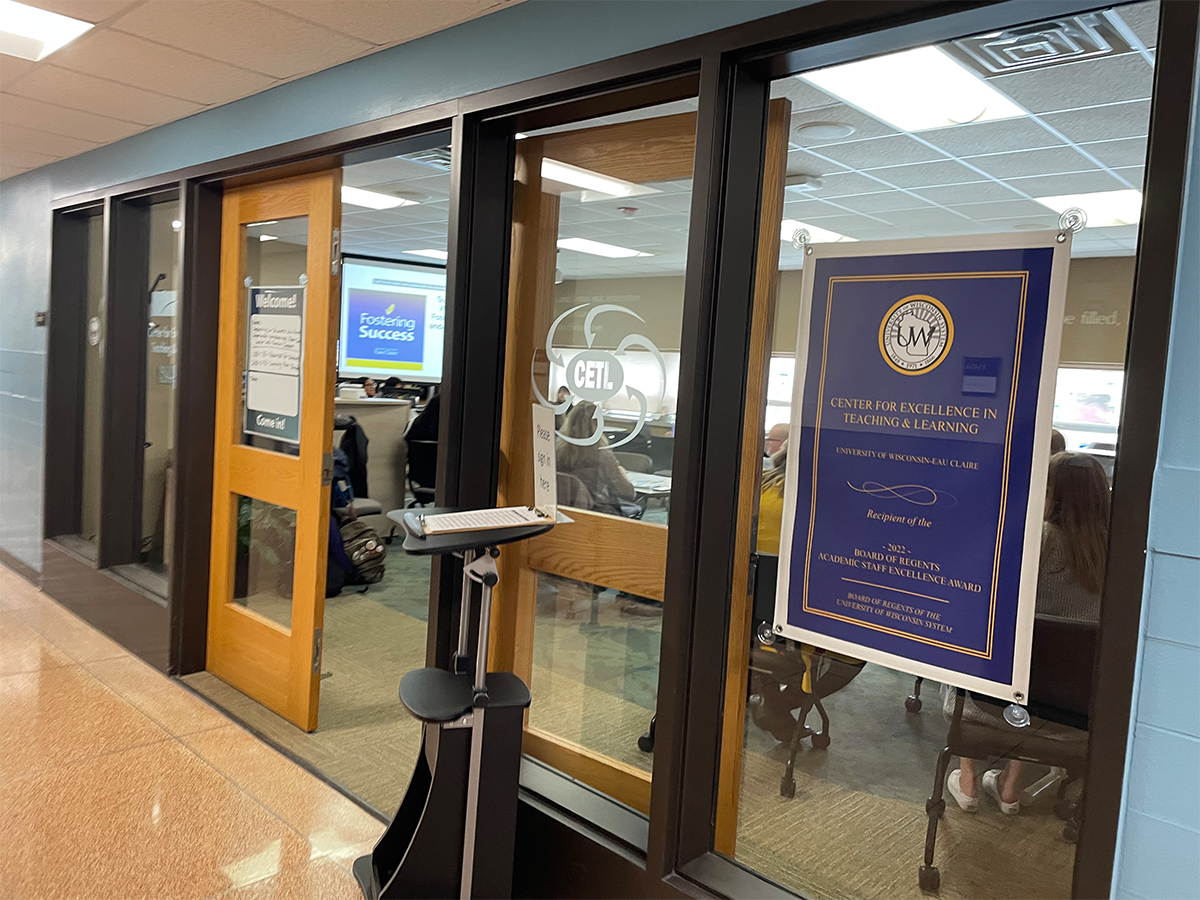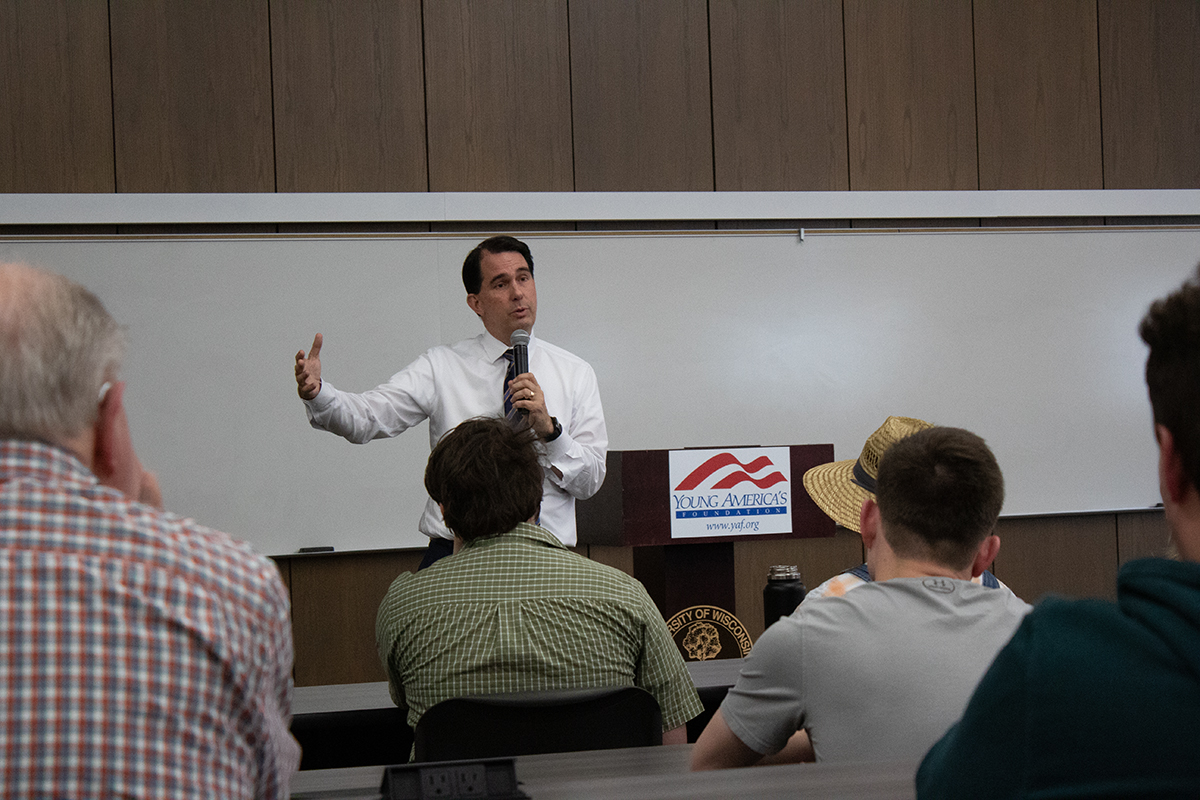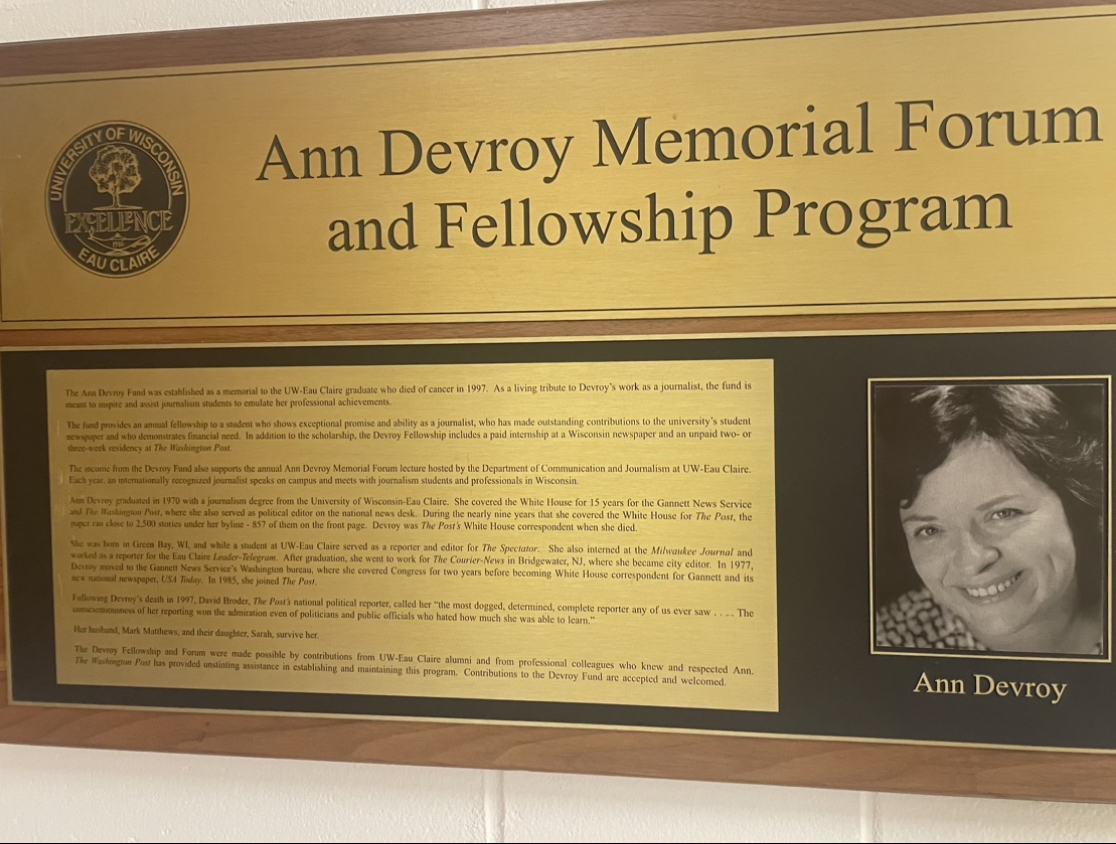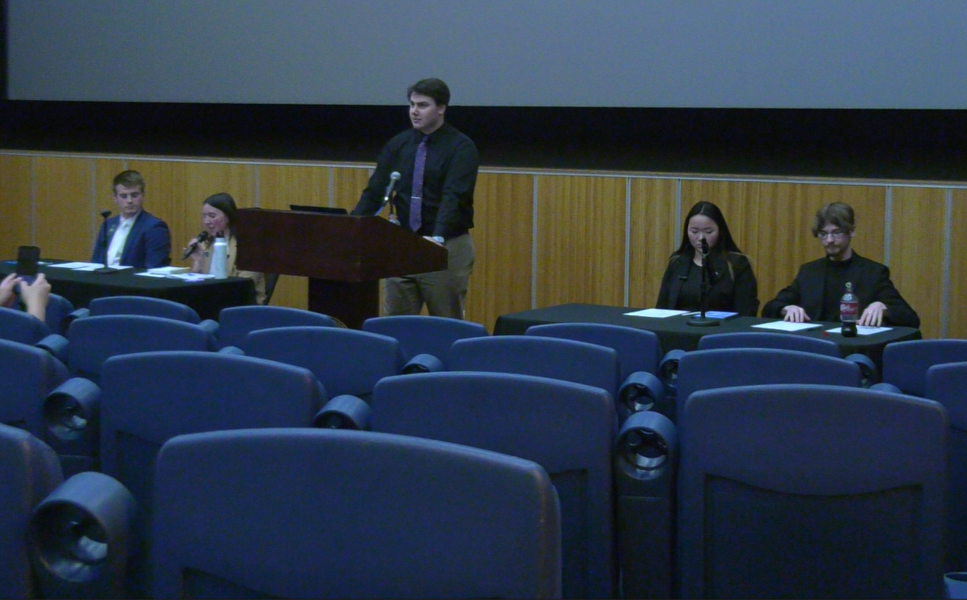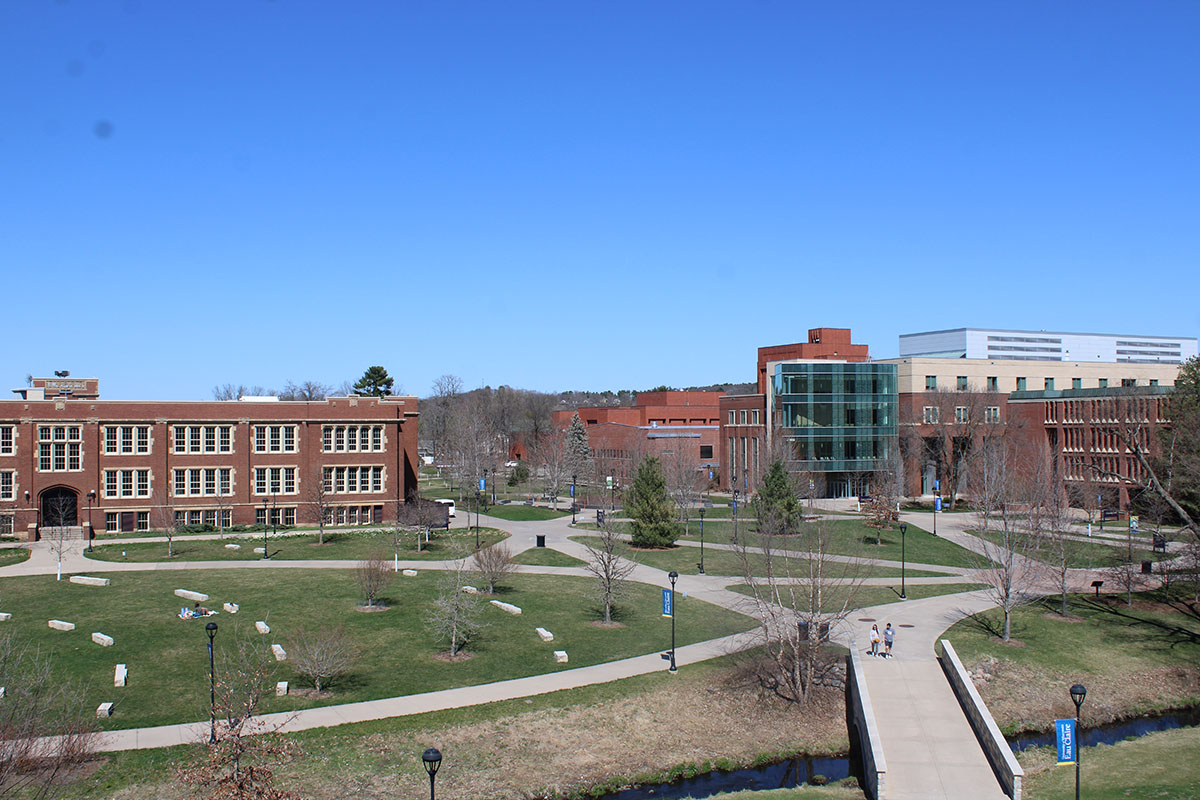Students returning to campus from spring break have noticed a significant change to lower campus. Over break, 59 trees were cut down to enable construction for the new education building, which is set to begin later in the spring and completed in late fall 2013, according to a university press release.
To help guide further campus tree removal, a group of biology and geography students undertook a research project to catalog all the trees on campus. Senior ecology and environmental biology major Kaleigh Spickerman said this involved taking photos and measurements of the trees and marking their location using GPS and GIS technology.
“We’ve so far only done the ones that they’ve cut down. We still have to go back out and do all the ones that they left,” Spickerman said. “Hopefully, in a couple weeks, we’ll have all the field stuff done and then we’ll work on getting it into the computer.”
Spickerman said the project helped stoke her interest in plant ecology, as well as serving a more practical purpose.
“I’m planning on going to grad school so doing research is good for that,” Spickerman said. “I’m also interested in conservation as an aspect of ecology, so it’s nice to get some practical knowledge.”
James Boulter is the sustainability fellow through the office of the chancellor, and was involved with the project. He said his job entails helping the university achieve carbon neutrality, which means no net greenhouse gas emissions.
When he first saw the plans for the new buildings on lower campus, Boulter said he realized that many mature, full-grown trees would be lost in the construction process.
“I never had a doubt that they were going to get replaced, but my concern was, right off the bat, was you can’t replace a fully mature tree,” Boulter said. “It’s going to radically alter the way the lower campus looks for the next 20 years.”
Boulter also said he then spoke with Student Senate president Phil Rynish, who is a biology major, about a tree inventory project.
“He had a project with one of Sean Hartnett’s classes, and he ended up doing a preliminary version of this for a class project,” Boulter said.
Rynish said the idea for the project came to both he and Boulter after the two attended a sustainability conference in Pittsburgh.
“From that, we got the idea about doing the tree inventory, and then we went from there,” Rynish said.
Bringing together students from multiple academic backgrounds helped bring a lot of knowledge to the project, Rynish said.
“Kaleigh’s got the expertise in tree identification, and then Tyler (Debruin) and I kind of did the geography project,” Rynish said. “Kaleigh’s a little bit more of the tree expert, and we fill in the rest.”
Sustainability is more than just cutting carbon emissions, Rynish said, it’s also about ecology.
“Part of sustainability is preserving what we do have, so it kind of fits into that,” Rynish said.
For now, campus will look a little bare in order to make way for the new buildings.

